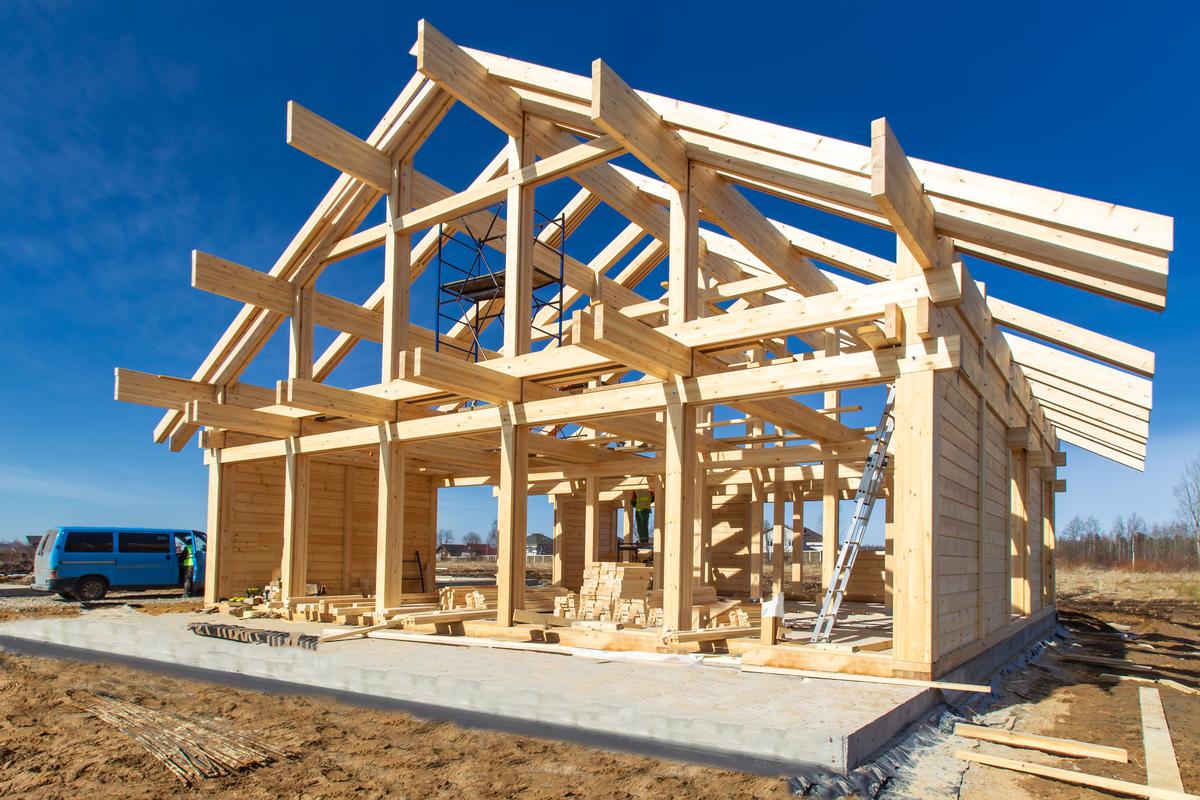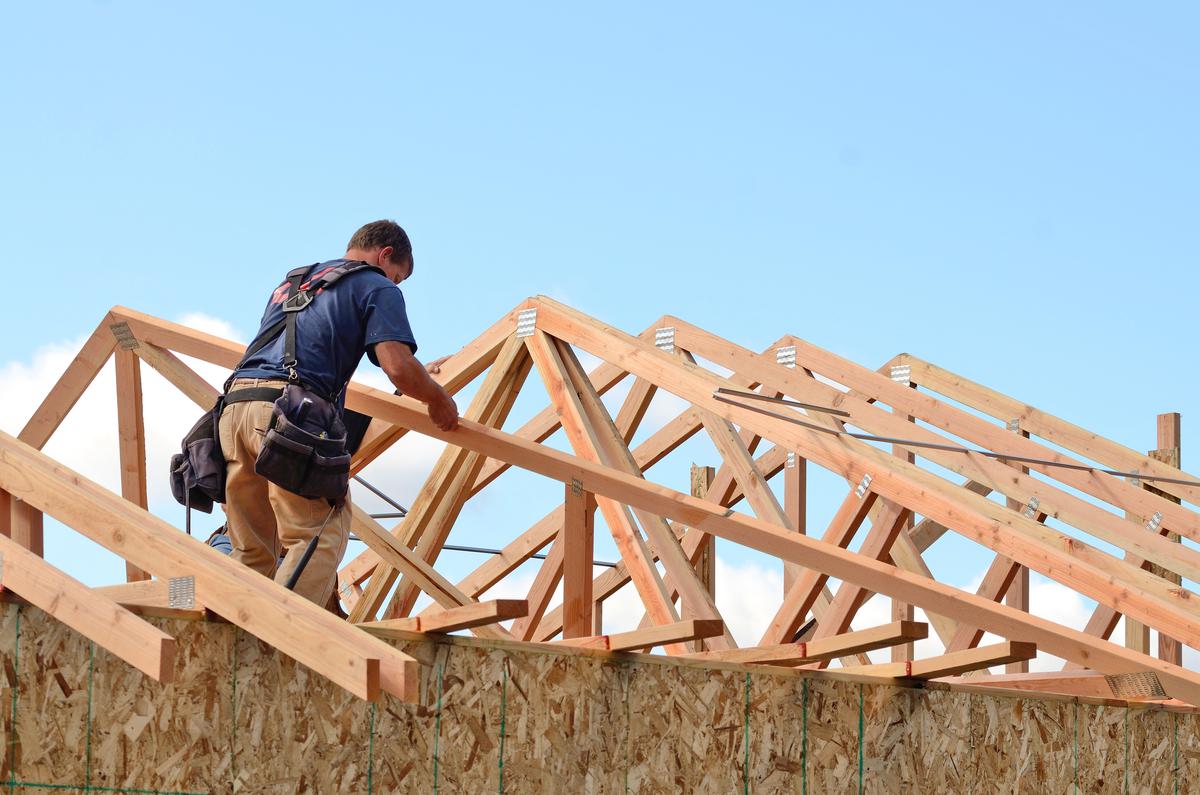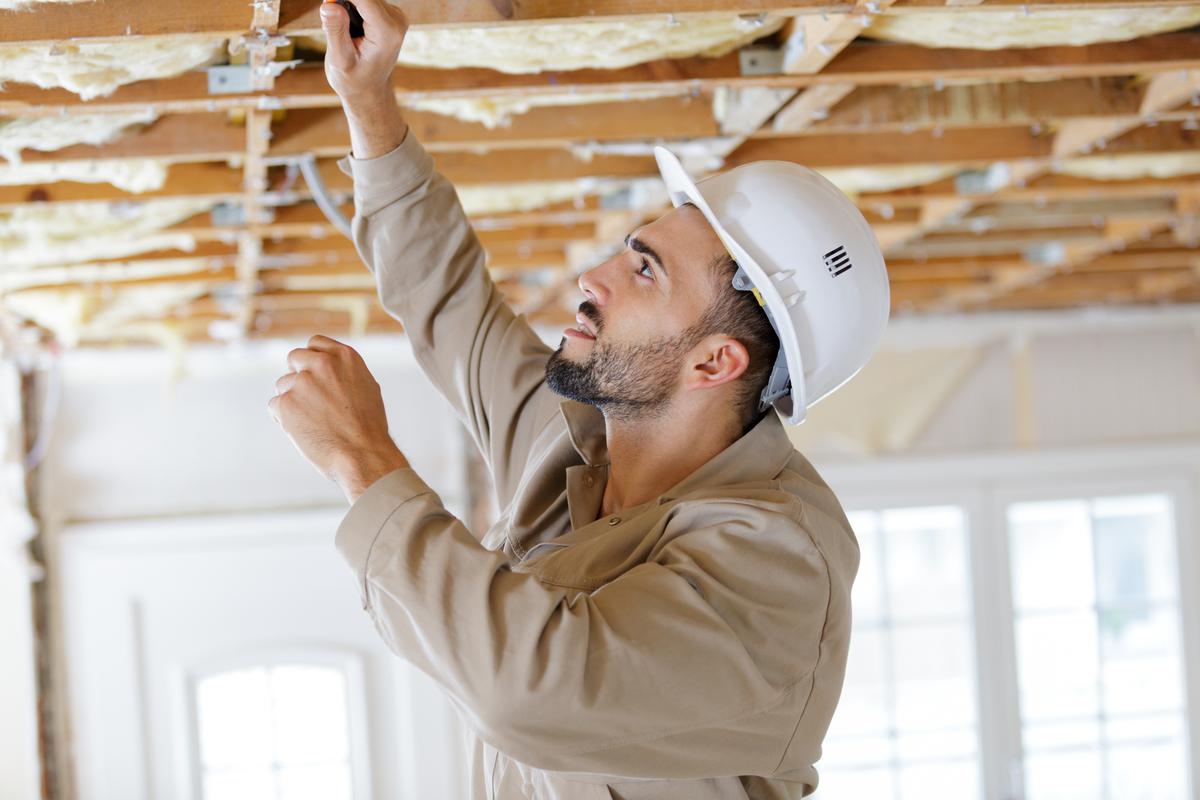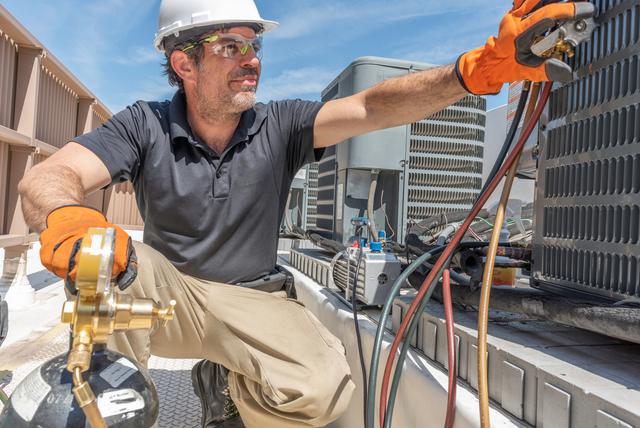An increasingly popular home improvement project involves raising the ceiling height of a home by transforming a flat ceiling into a vaulted one. This can greatly increase the standard 8-foot height of most home ceilings without changing the footprint of the house whatsoever.
Instead, the structure of the home is reinforced to safely support the new roof design. Raising your ceiling could increase your ceiling height to as much as 12 feet at its peak. As you might expect, this project can get a little on the pricey side due to the inherent complexity of rebuilding a roof.
There are a few things any aspiring handyperson should consider if they plan to take on this project. The rewards of success are considered for this project, but there are definitely some important variables to take into account beforehand.
Why Should You Raise Your Ceiling?
There are major financial and practical benefits to raising your home’s ceiling.
More Room
The most obvious benefit of raising your ceiling is that it will make your home look and feel larger. This is a nice luxury because it can eliminate the feeling of being boxed in and it also gives you a lot of extra room to work with. The extra room provided by a vaulted ceiling allows for many new interior design possibilities.
You can improve lighting in your home with new beautiful light fixtures or by installing skylights, and you can even pursue the design style of your dreams. If you pine for your very own authentic farmhouse in the city, a raised ceiling just might be the ticket.













comments